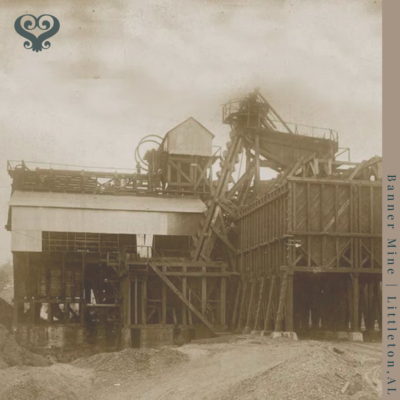It’s an early spring day in Littleton, Alabama, a small town between Egypt and Rockledge. A pleasant breeze wisps past, as it so often does when the spring is in full bloom. Nestled in Jefferson County, this little hamlet is host to a mix of humble restaurants, hang-outs, and local attractions, including the Noccalula Falls Park & Campgrounds. Close to the larger city of Birmingham, Littleton has claim to one of the worst mining accidents in Alabama’s state history.
113 years ago, nearby Littleton would have been the lucrative Banner Coal Mine. The sounds of metal on rock would echo around on this early April morning, as men enter a dark opening in the rock. These miners, many of which would have been “leased” to the Pratt Consolidated Coal Company, would be dressed in clothing that could hardly be called protective. As they entered the mine that day, they could not have known the event that would unfold.
By the 1910’s Alabama had become one of the largest coal producers in the U.S. Conditions at Banner Mine were abysmal at best. Those who were incarcerated were chained, forced to stand in dirty water for hours at a time, and eat spoiled food for survival. On April 8th, 1911 an ear shattering boom would be heard coming from Banner Coal Mine. While it is unknown exactly how the explosion began, by the end of the tragedy, 128 people would be dead. Of those 128 people, an overwhelming majority of them were “leased” Black miners.
In the late 1800’s the coal industry grew exponentially with the help of the convict leasing system- a system in which prisons would lease their incarcerated to plantations, mines, or railways forcing incarcerated people to do dangerous labor. This system was aided by Black Codes, or laws that targeted Black people for incredibly minor offenses like loitering. These laws were a direct result from the passing of the 13th amendment, which allowed for enslavement as punishment.
While the use of the convict leasing has diminished, the 13th amendment continues to allow for enslavement as punishment. Incarcerated BIPOC people are disproportionately saddled with the legacy of convict leasing. Today, the United States maintains its place at the top of the list of countries with the largest incarcerated population. Incarcerated workers in the U.S. produce at least $11 billion in goods and services annually and receive pennies an hour in wages for their work.

